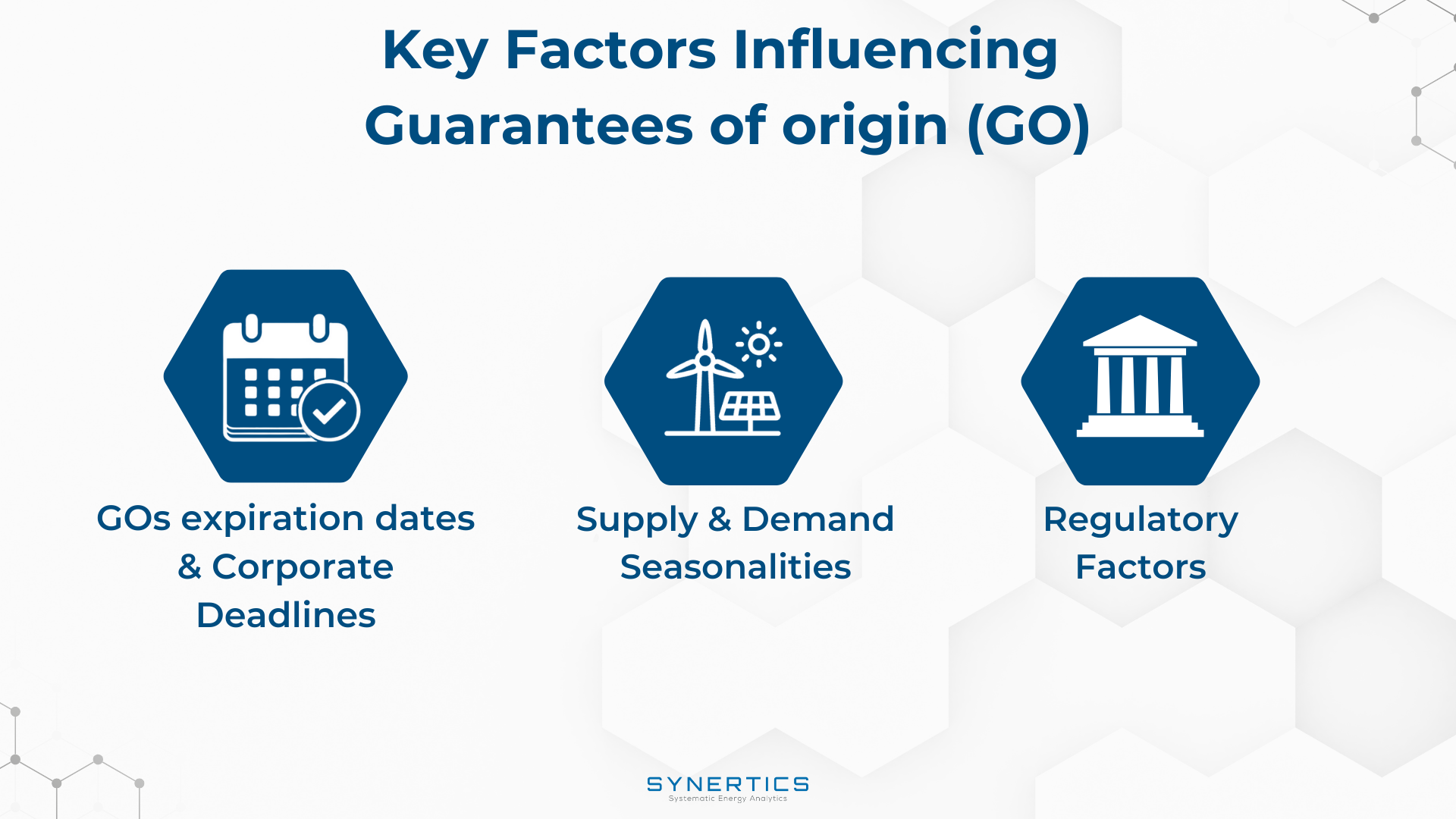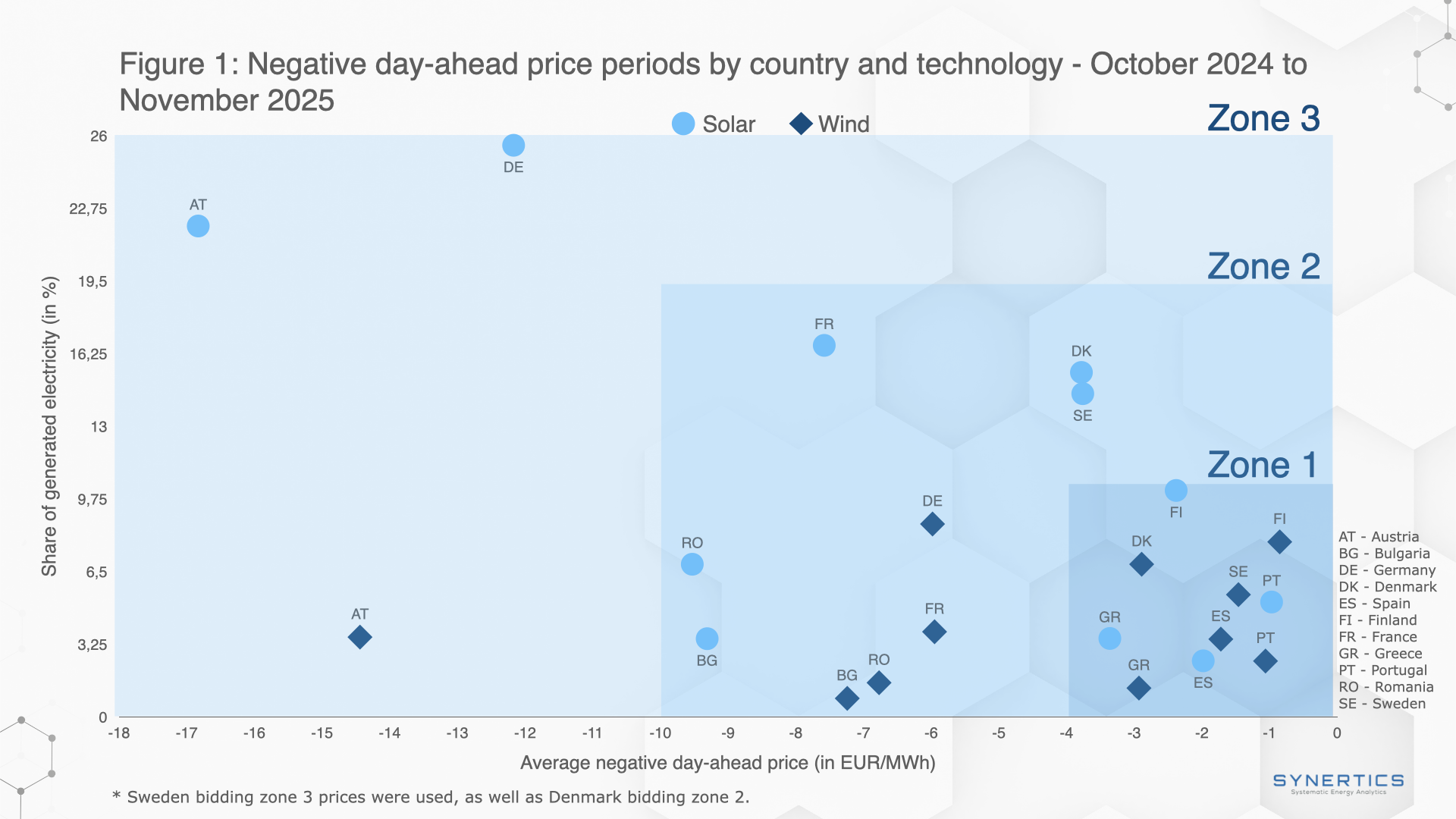Join us on our journey towards renewable energy excellence, where knowledge meets innovation.
The digital transformation of Europe is accelerating, and with it, an unprecedented surge in the construction of massive data centers. Tech giants are pouring billions into building the infrastructure to power our increasingly connected lives, from cloud computing and AI to streaming services and social media. But this digital revolution comes with a significant and growing energy footprint. This post delves into some of the most recent and largest data center projects across Europe, examining their enormous energy consumption and comparing it to the total energy usage of their host countries.

The demand for data is insatiable. In 2024, European data centers were estimated to consume around 96 Terawatt-hours (TWh) of electricity, representing about 3% of the region's total electricity demand. Projections show this figure could nearly triple by 2035, driven by the exponential growth of artificial intelligence and other data-intensive technologies. Several major projects are currently underway or recently announced, highlighting the scale of this expansion

Across Europe, from the Nordics to the Iberian Peninsula, large corporations are investing heavily in new data center campuses. Here are some of the most significant recent projects:
To understand the immense energy requirements of these facilities, it's crucial to compare their projected annual energy consumption with the total electricity consumption of the countries they are in. For this comparison, we will assume a high but realistic load factor of 80% for these hyperscale data centers, meaning they operate at 80% of their maximum power capacity on average throughout the year.
Here's how these data center projects stack up against their host countries' 2024 electricity consumption:

These figures, particularly for the Start Campus project in Portugal, are striking. A single data center campus consuming a double-digit percentage of a nation's electricity highlights the immense strain these facilities can place on energy grids.
The staggering energy consumption of these new data centers raises critical questions about sustainability and the broader impact on national energy resources. While these projects bring economic benefits and are essential for the digital economy, their development must be coupled with robust strategies for energy efficiency and the procurement of renewable energy.
Many of the companies behind these projects are publicly committed to powering their operations with renewable energy. The Start Campus project in Portugal, for instance, aims to use 100% renewable energy. Similarly, the Azora/Tillion data center in Spain will be powered entirely by renewable sources.
However, the sheer scale of this new energy demand will require a massive build-out of renewable energy generation. It also necessitates a focus on innovative cooling technologies and other energy-saving measures within the data centers themselves to mitigate their environmental impact.
As Europe continues its digital journey, the symbiosis between the tech industry and the energy sector will become increasingly critical. The development of these colossal data centers is a testament to our growing reliance on digital infrastructure, but it also serves as a stark reminder of the energy costs associated with our data-driven world. Ensuring that this digital growth is sustainable is a challenge that will require collaboration, innovation, and a long-term commitment to a green energy future.

Insights, Market-trends
15th Dec, 2025

Market-trends, Projects
27th Nov, 2025

Market-trends
8th Oct, 2025